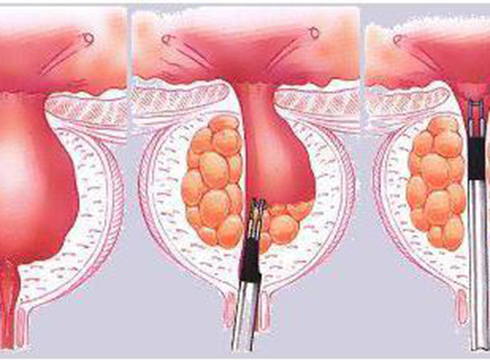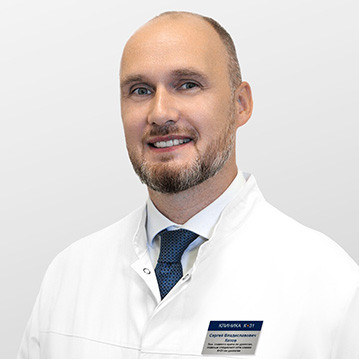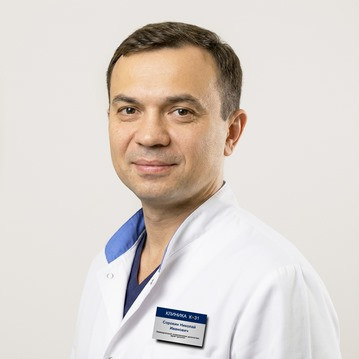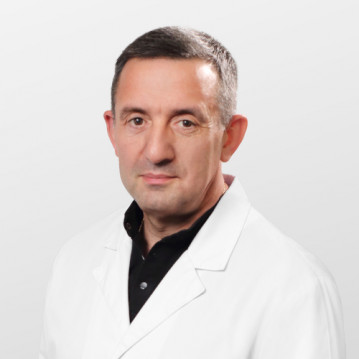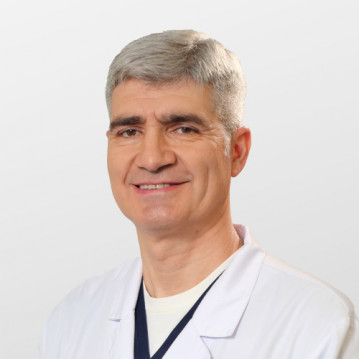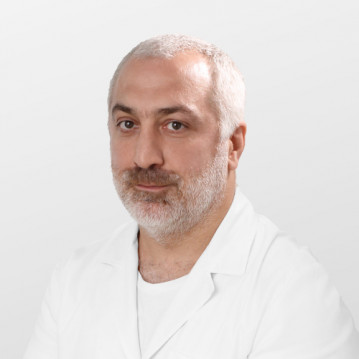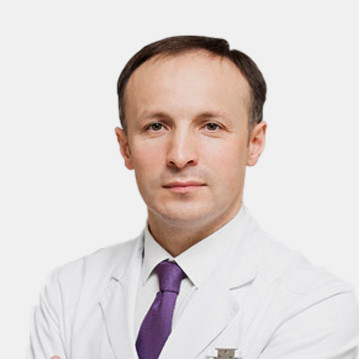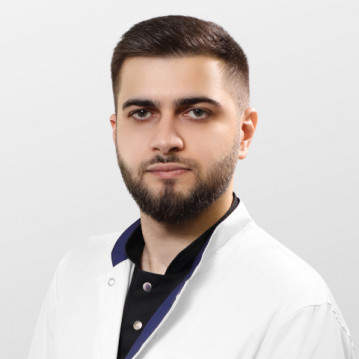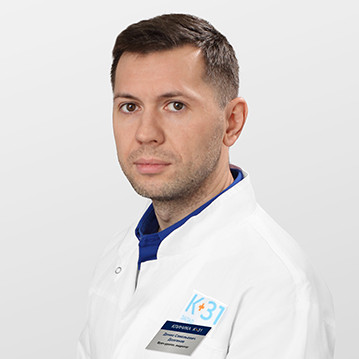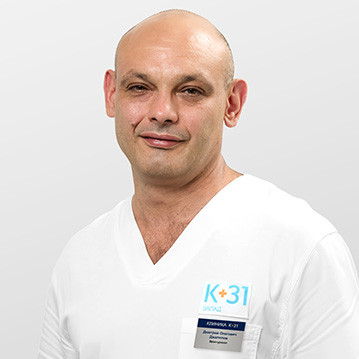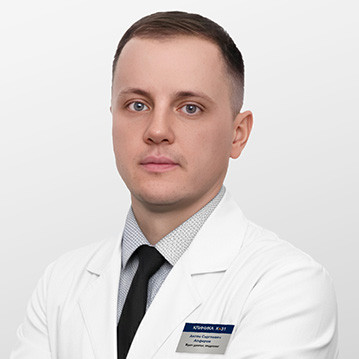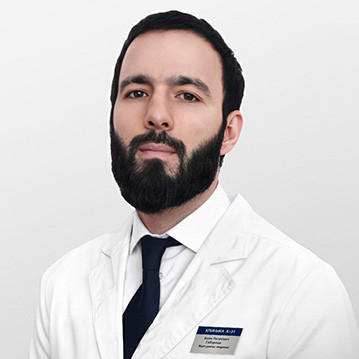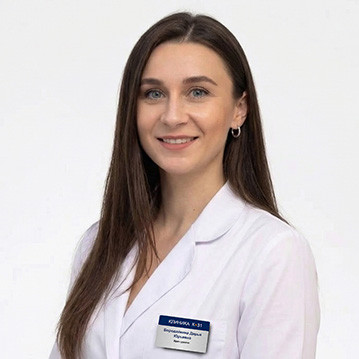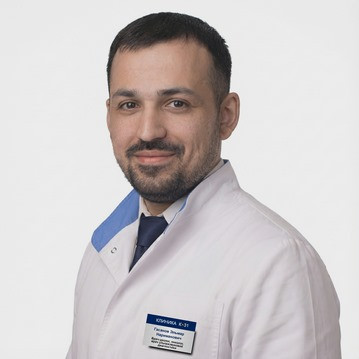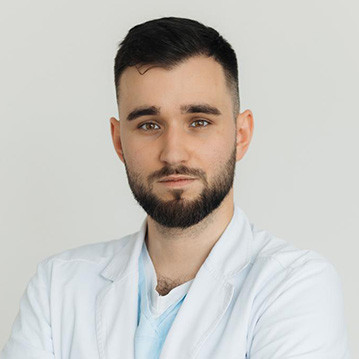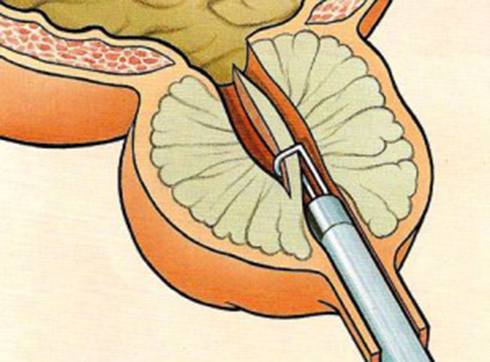
Prostate adenoma is a benign neoplasm that is formed due to the proliferation of glandular and connective tissue. It occurs among the male half of the population aged 50 years. One of the symptoms of the disease is blood staining of urine, also the adenoma manifests itself as a urination disorder (difficult, sluggish stream, frequent urination in small portions; feeling of incomplete emptying of the bladder, etc.), and urinary tract infection.
Not so long ago, an operation for prostate adenoma should have been performed through a large incision in the abdomen and under general anesthesia. After the intervention, the patient was forced to lie in the hospital for more than a week, suffering from postoperative pain, drainage and leakage of urine. Reviews of such interventions were not the best. But, the development of endoscopic surgery has radically changed the situation.
About operation
Transurethral resection of the prostate, or TURP for short, is one of the most effective and today one of the most popular methods designed to treat prostate adenoma or, as it is called, benign prostatic hyperplasia. TURP is a minimally invasive operation aimed at removing prostate tissue, narrowing the urethra and obstructing the outflow of urine from the bladder. TURP is the "gold standard" in the surgical treatment of adenomas. The operation is performed transurethrally, that is, through the urethra, without external incisions and sutures. Such a procedure can be performed using a resectoscope tool. At its end, a loop is installed, which with the help of an electrosurgical generator becomes an “electric knife”. Under the control of a video camera, the urologist performs many separate sections, forming the lumen of the urethra and removing "excess" tissue. Fragments of tissue at the end of the manipulation are evacuated outward and sent for histological examination. The total operation time rarely exceeds 60 minutes. Intervention is performed under conduction anesthesia - an injection into the spine allows for the duration of the operation to eliminate pain sensitivity below the injection zone. In this case, the patient is fully conscious and can maintain communication with the surgeon. The effectiveness of this intervention largely depends on the experience and qualifications of the surgeon, as well as on the level of technical equipment of the operating room.
Our experts use the latest bipolar equipment, providing the highest accuracy of cuts and reliable vascular coagulation.
- minimal surgical trauma - all surgical procedures are performed transurethrally. Intervention is carried out under visual control, which ensures targeted accuracy and increases the radicalism of the operation, without injuring surrounding tissues.
- fast recovery - in most cases, staying in a hospital does not exceed 2-3 days, and the entire rehabilitation period lasts 10-14 days.
- low percentage of complications - the use of modern equipment avoids traditional complications for open intervention
- minimum of contraindications - high qualification of specialists and modern equipment allows us to perform TUR of prostate adenomas even in age-related, weakened and patients undergoing neurosurgical and cardiosurgical interventions.
